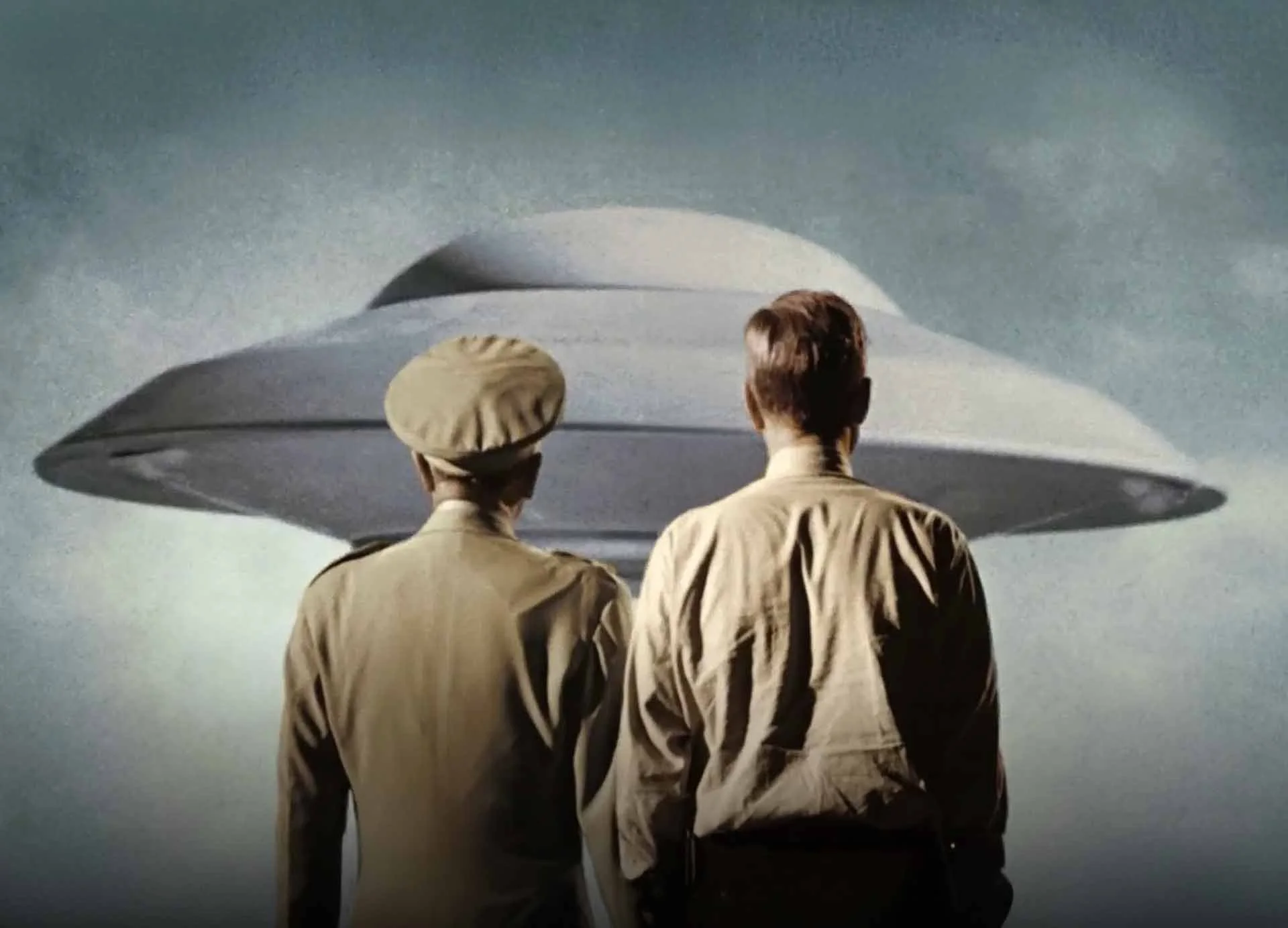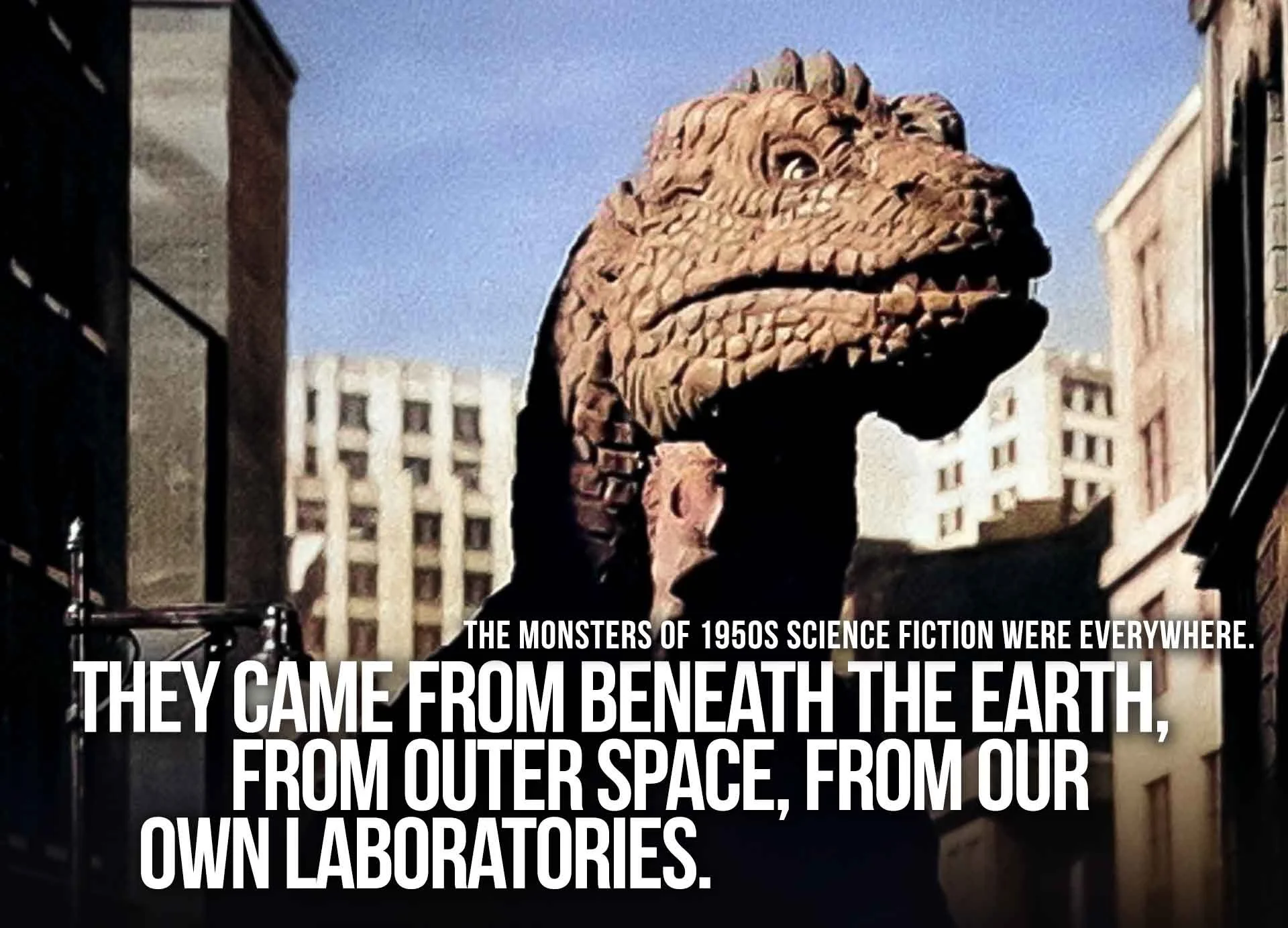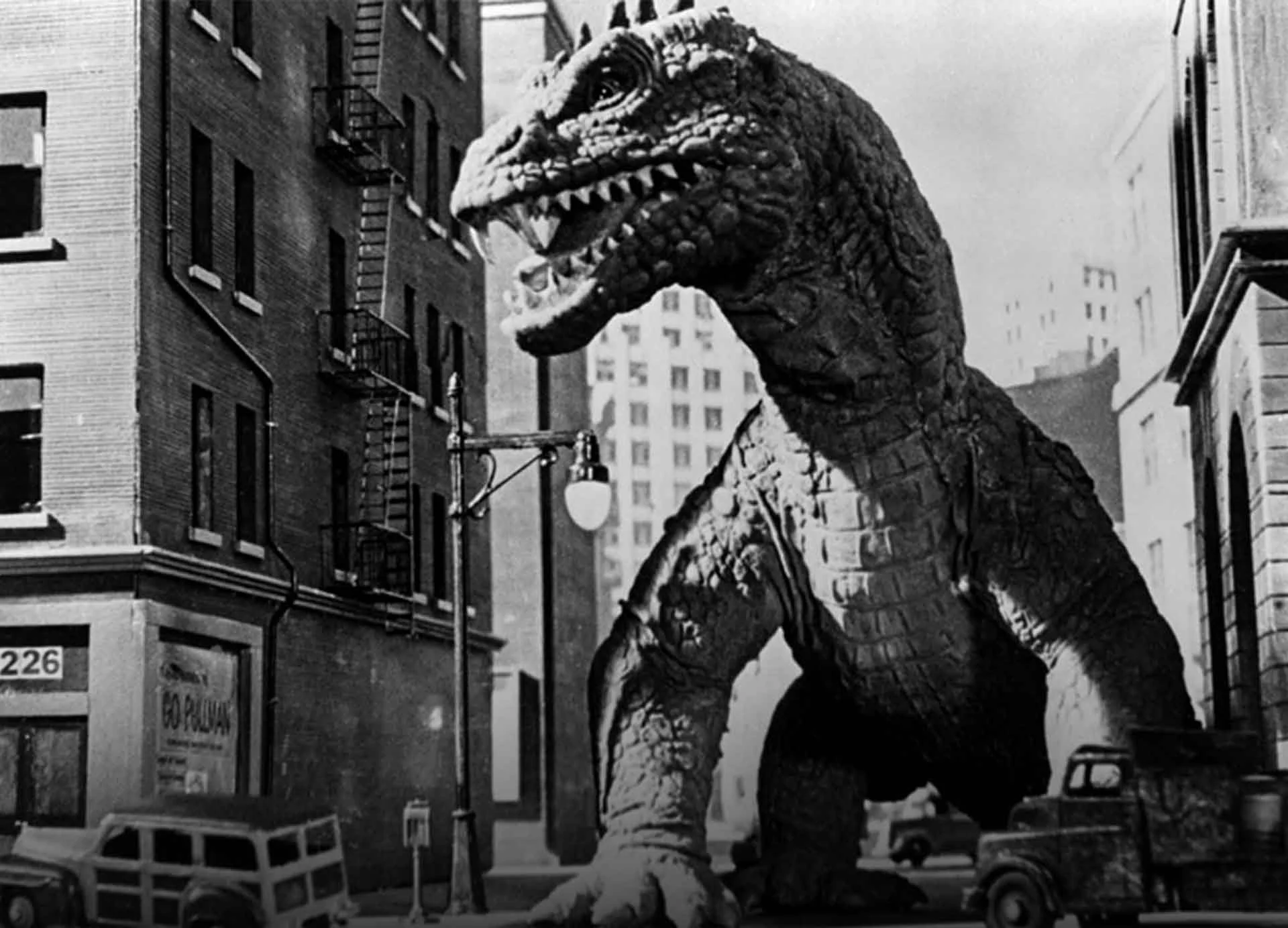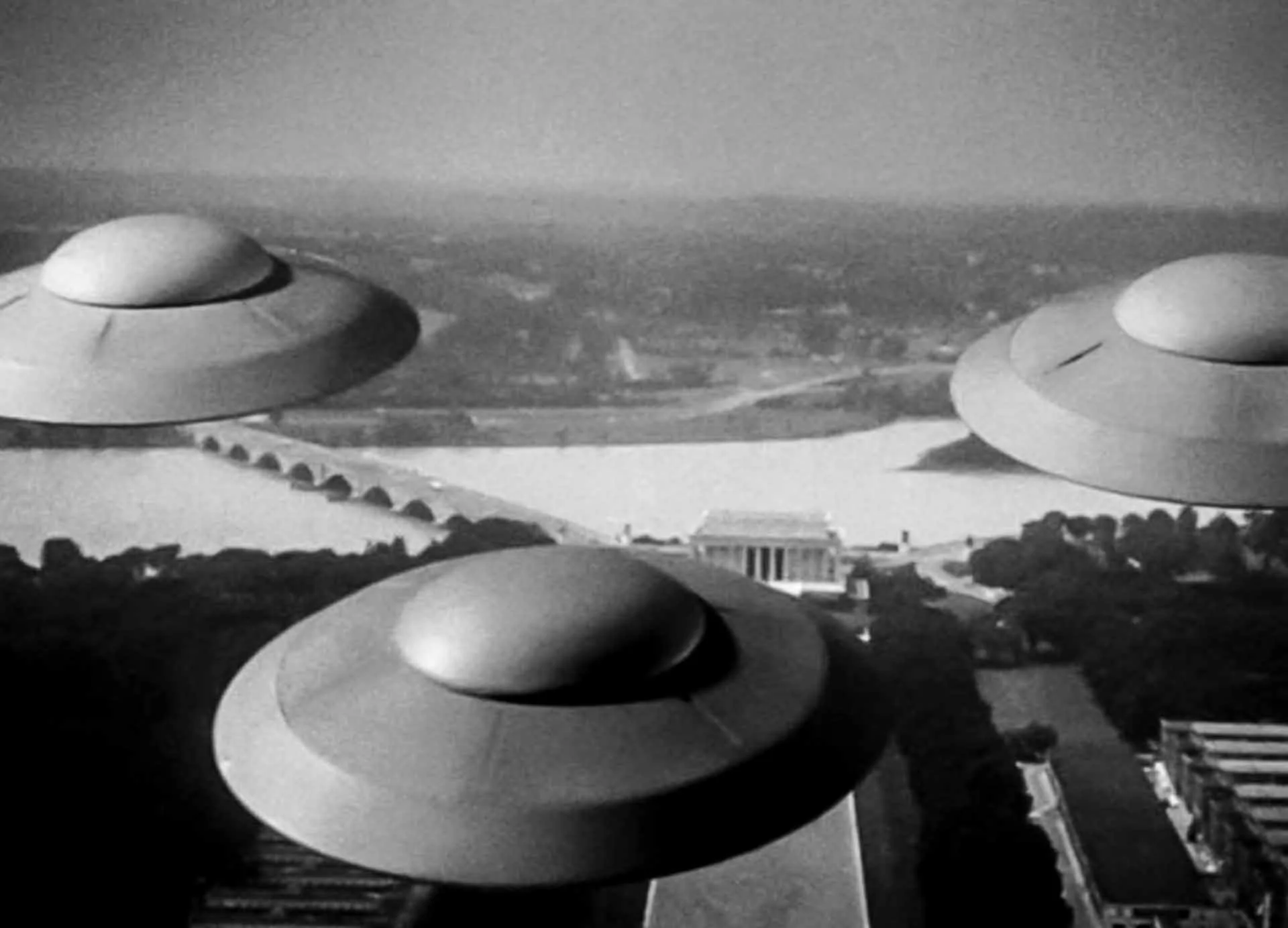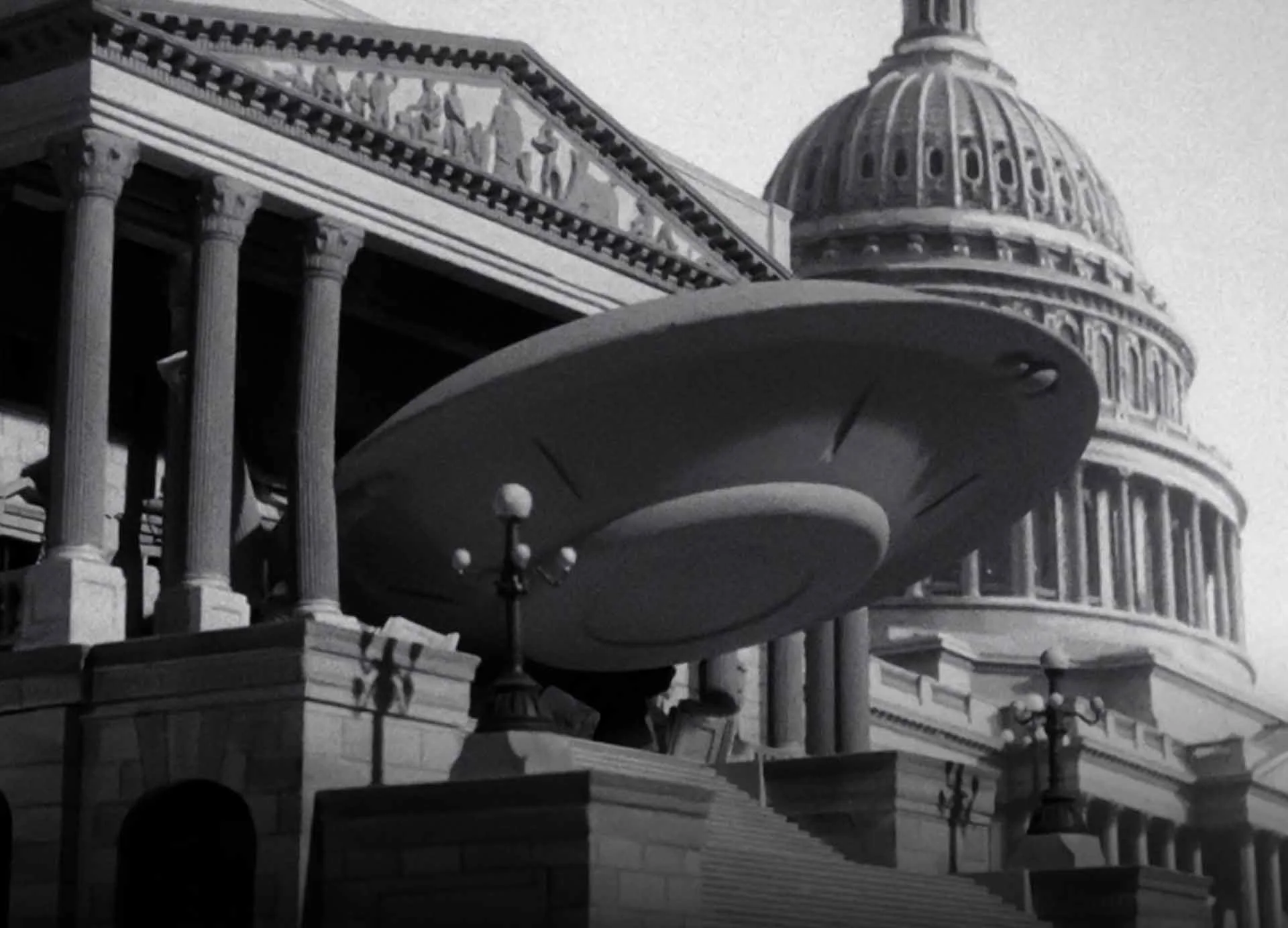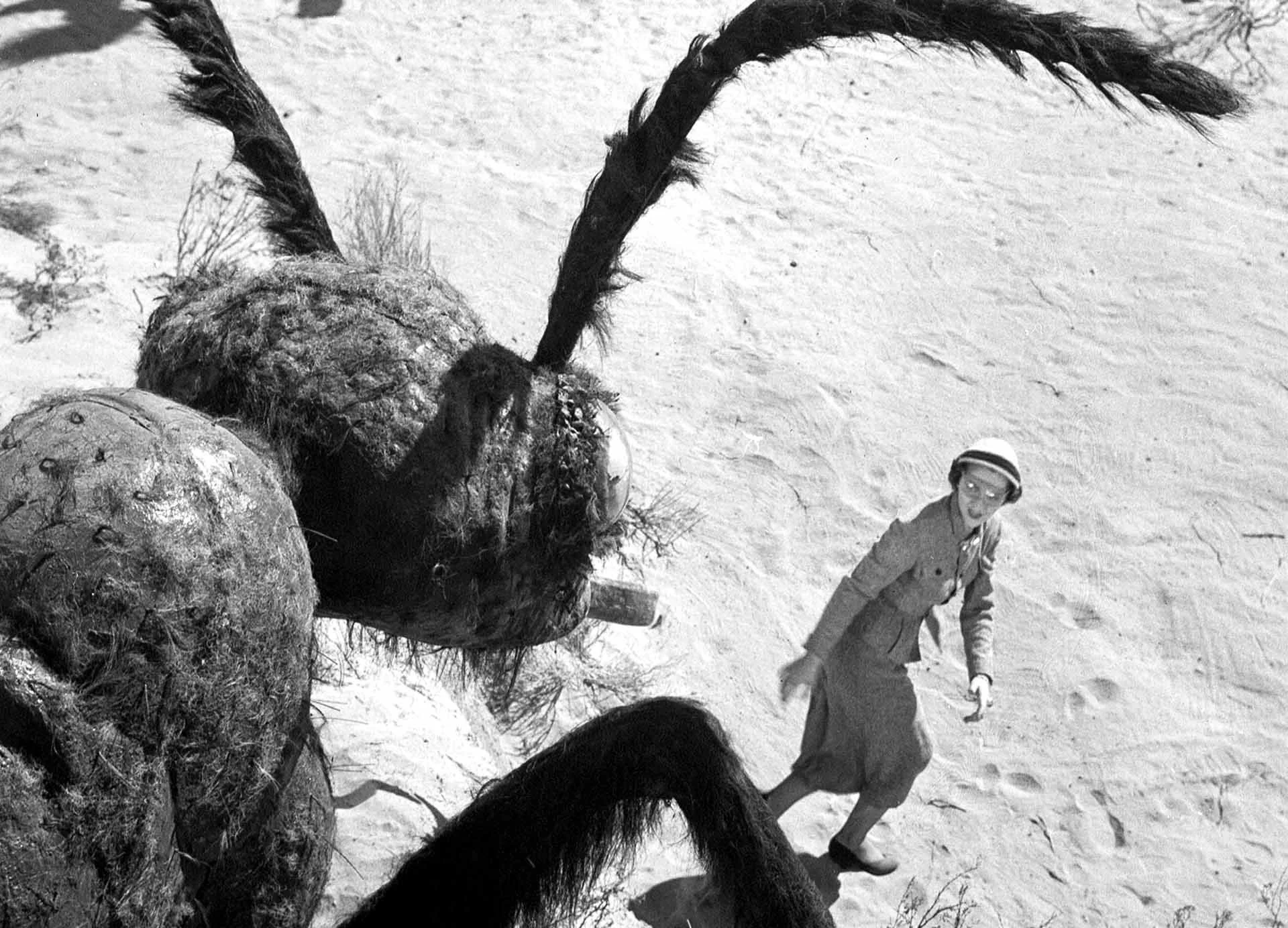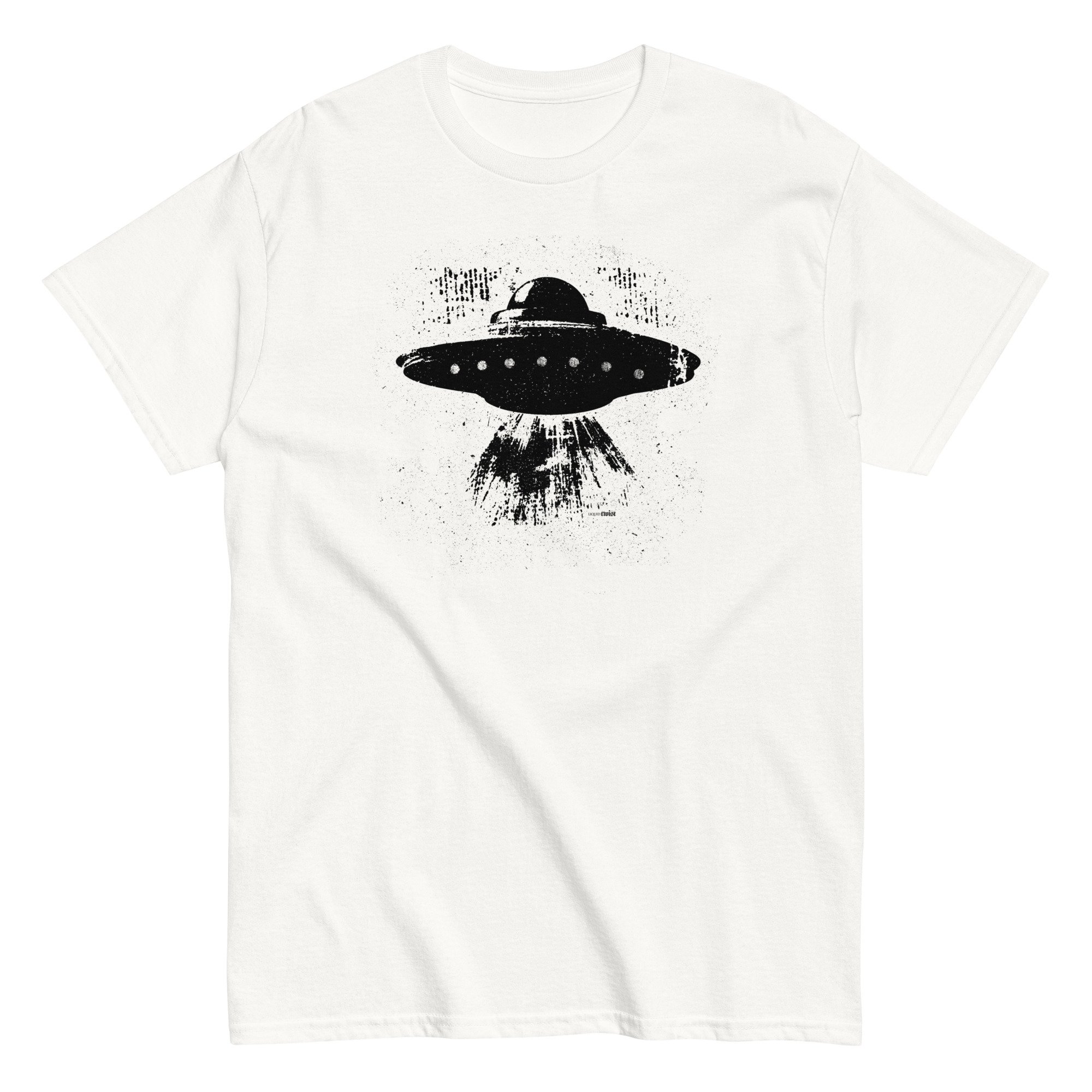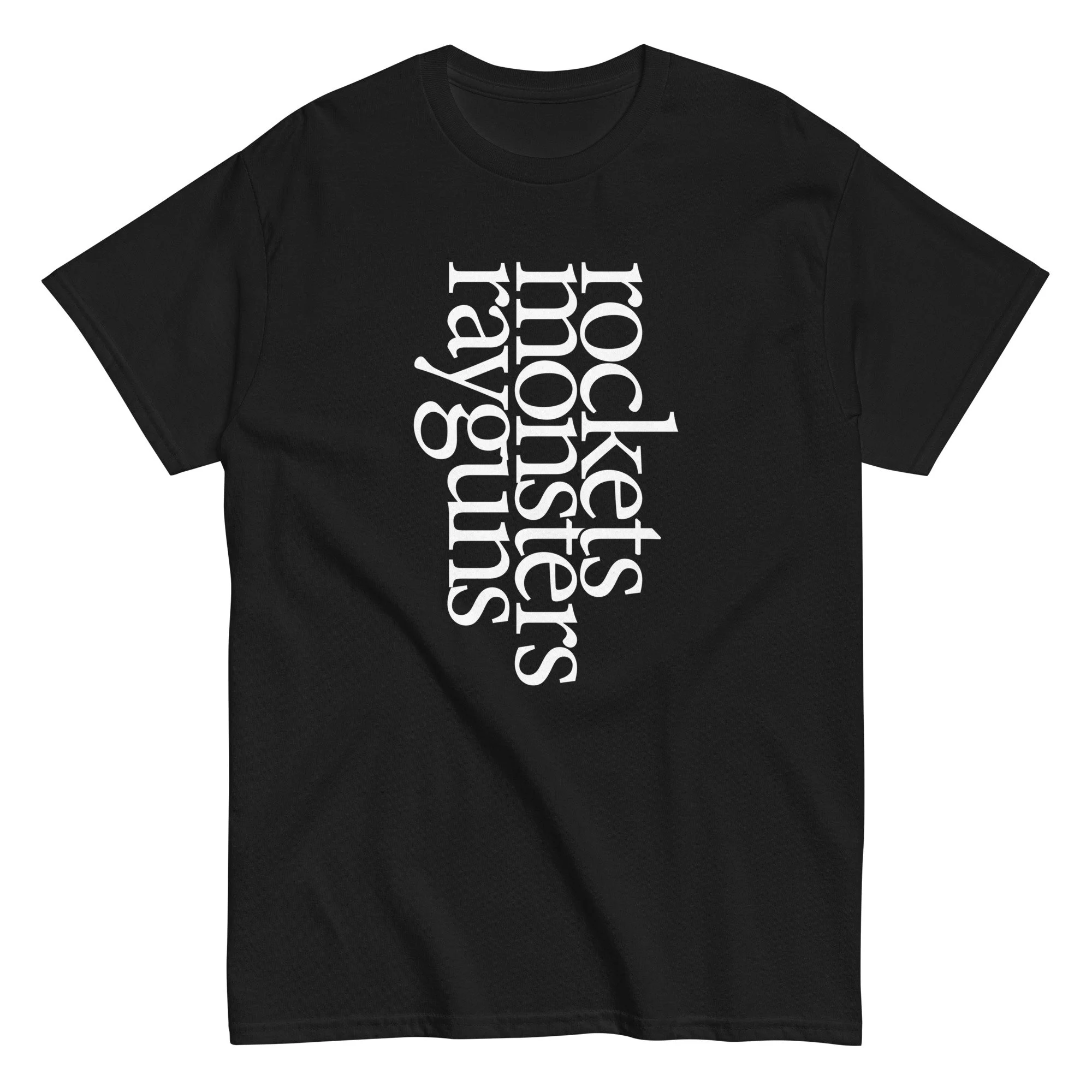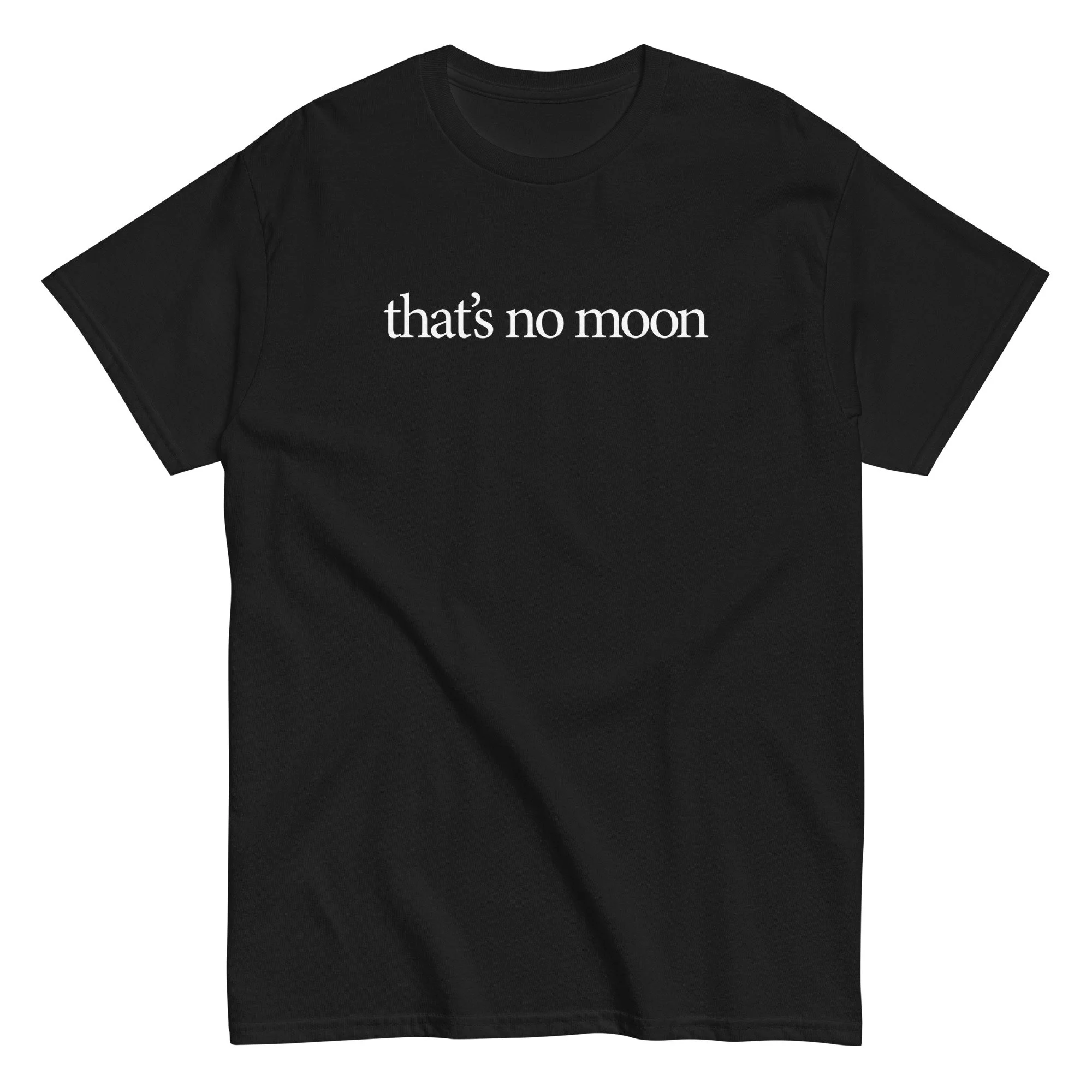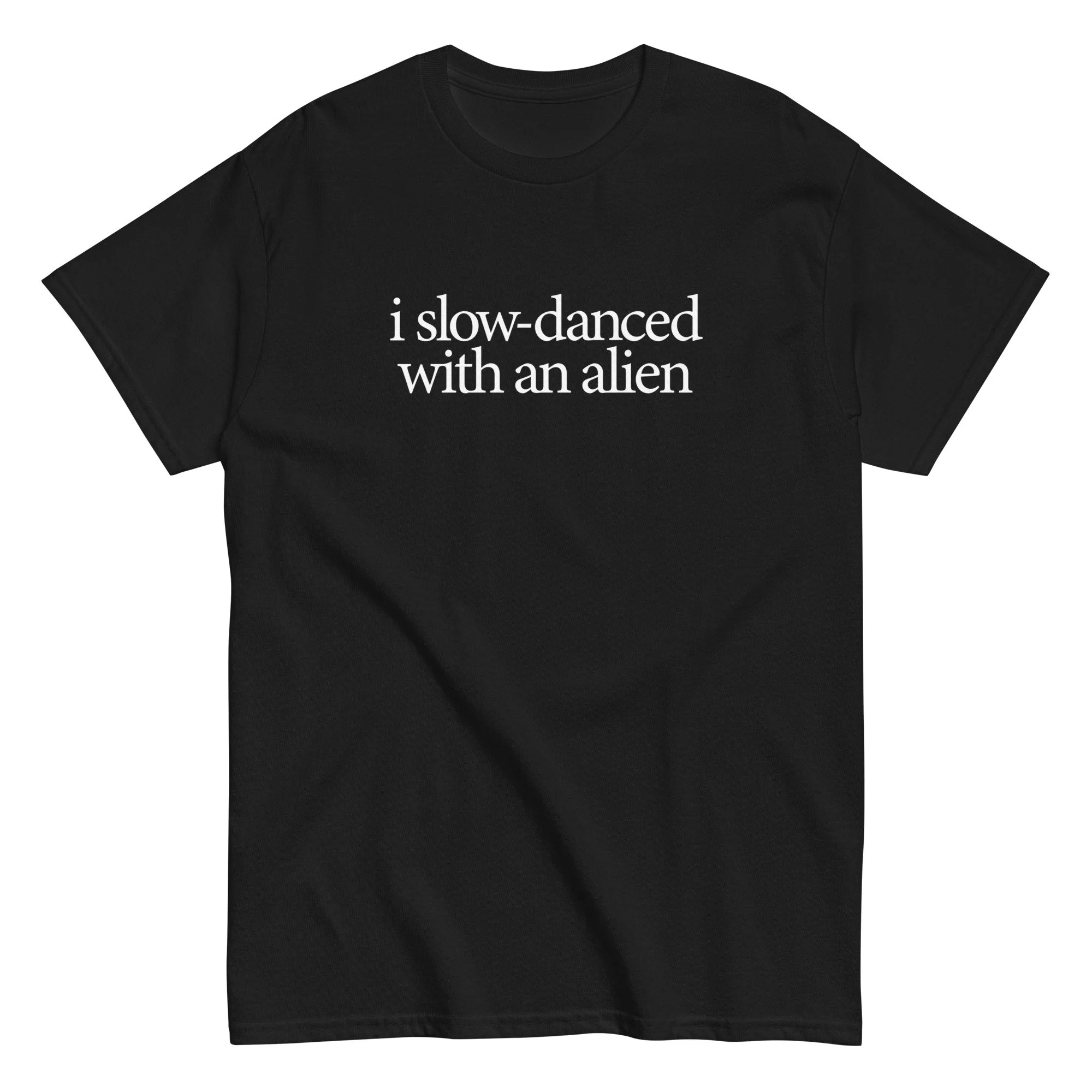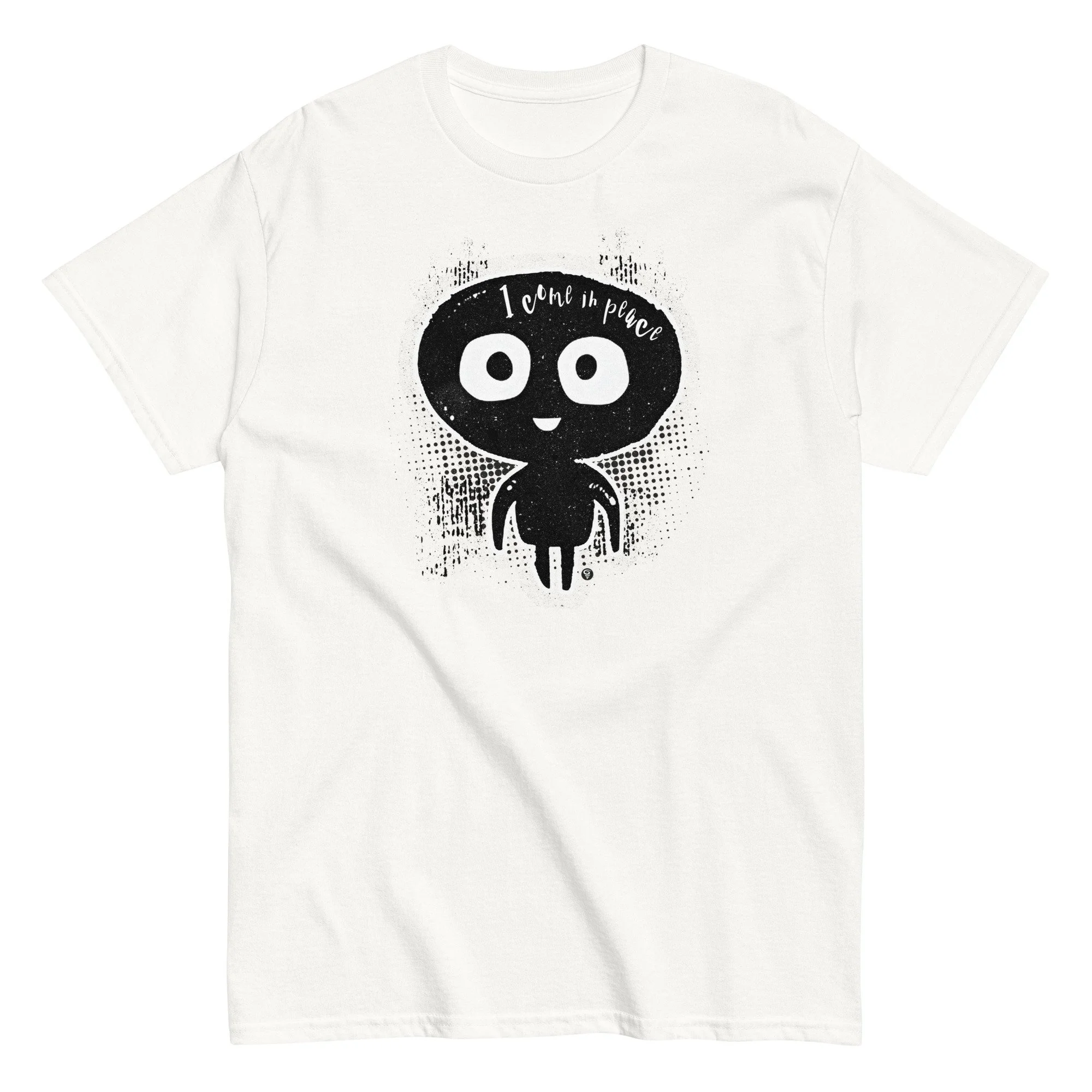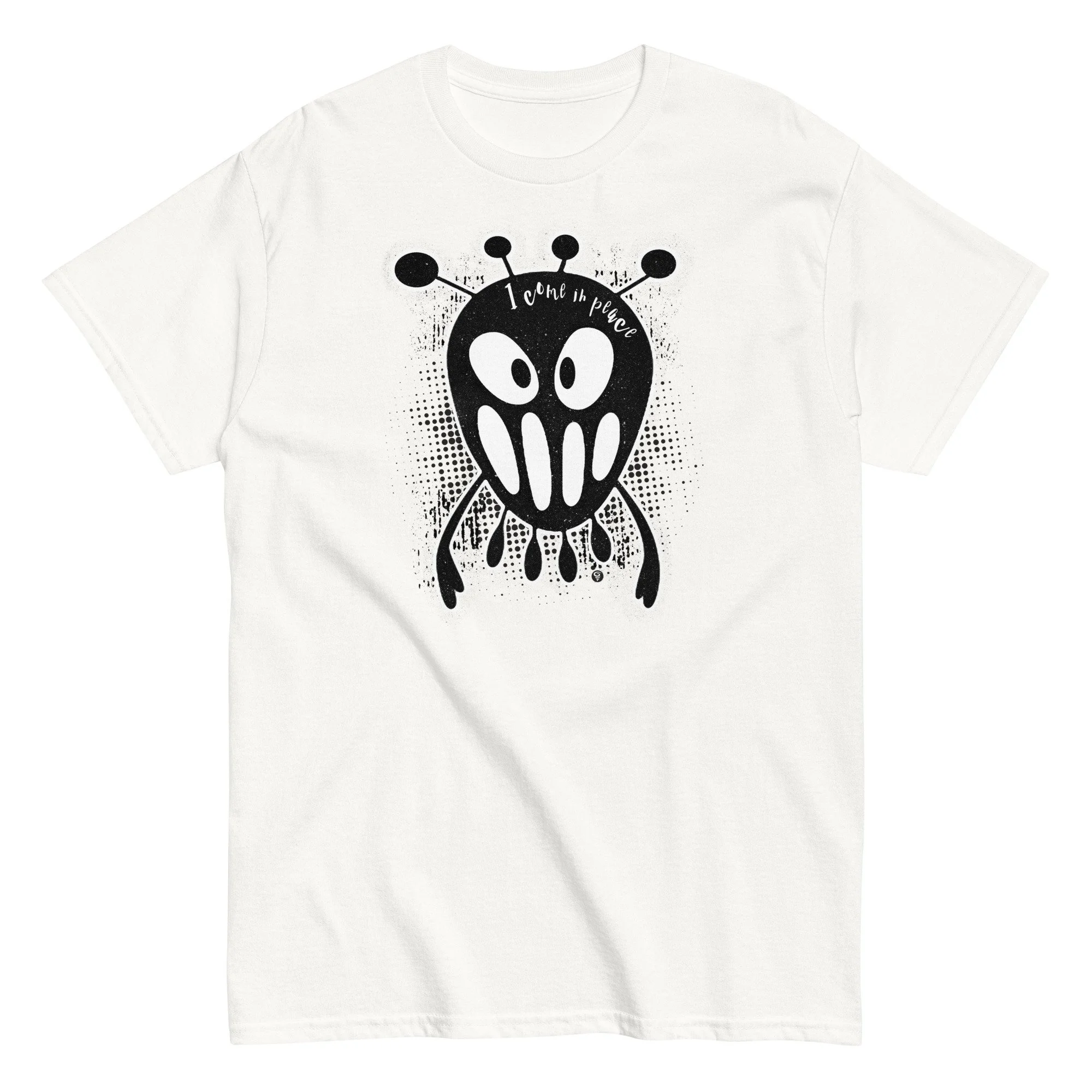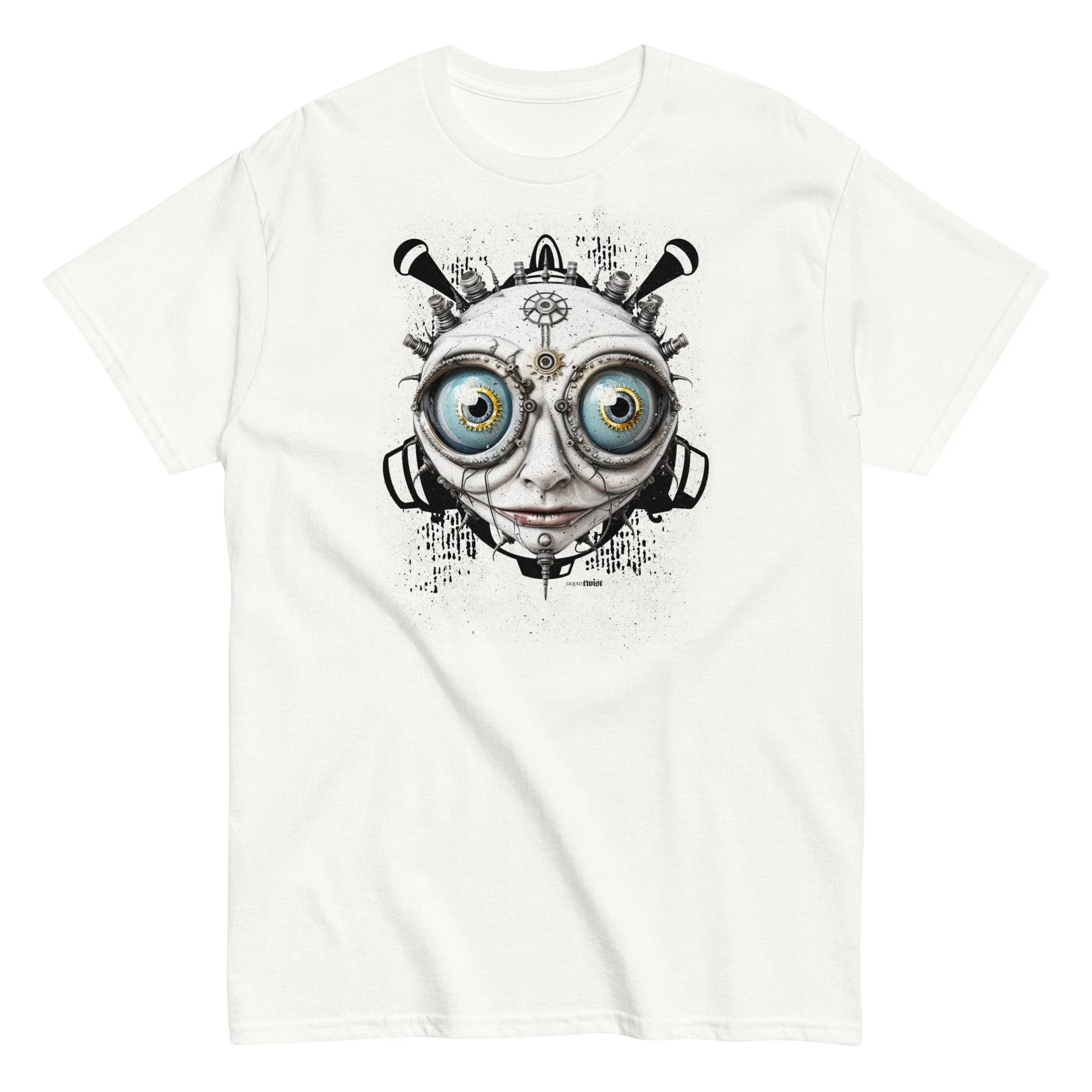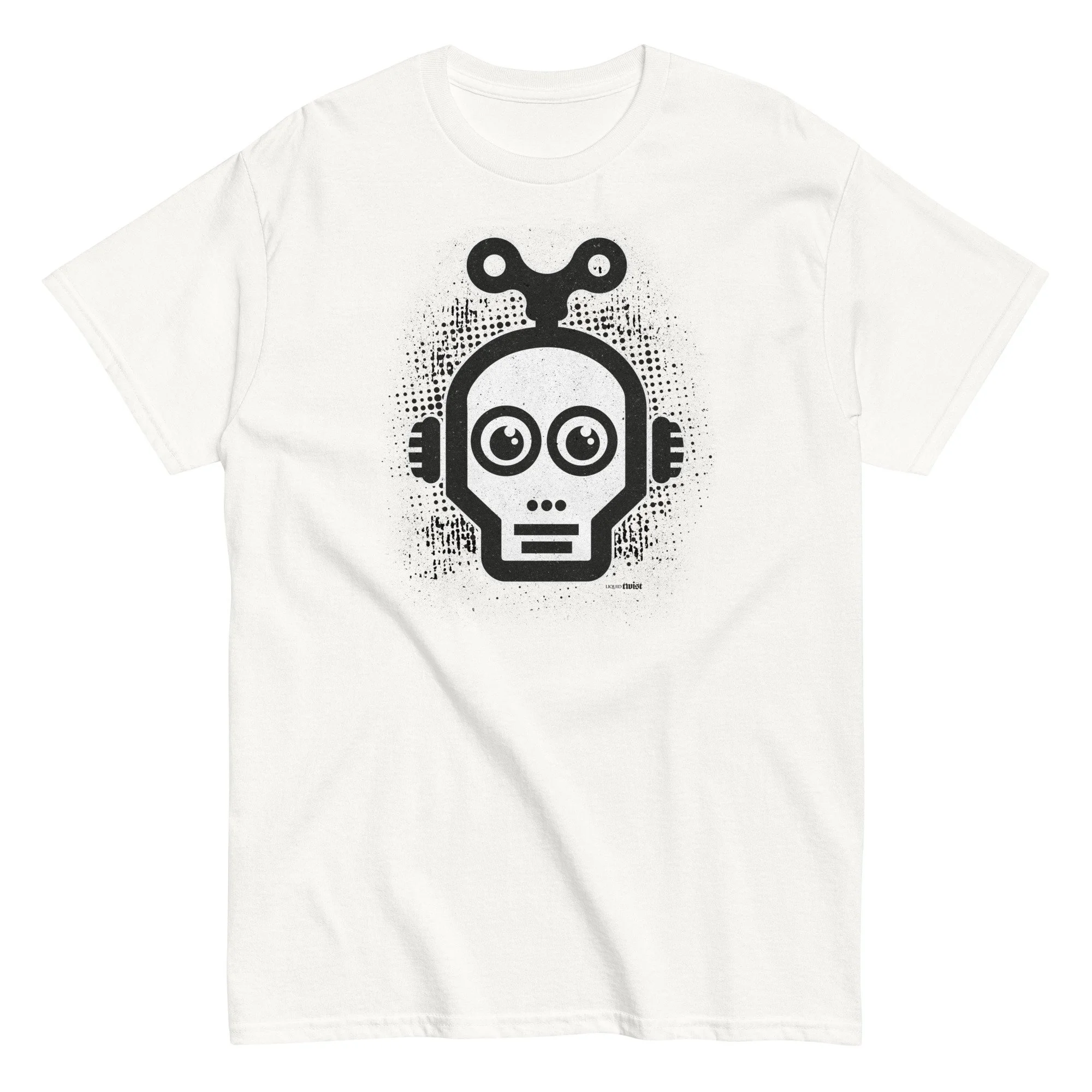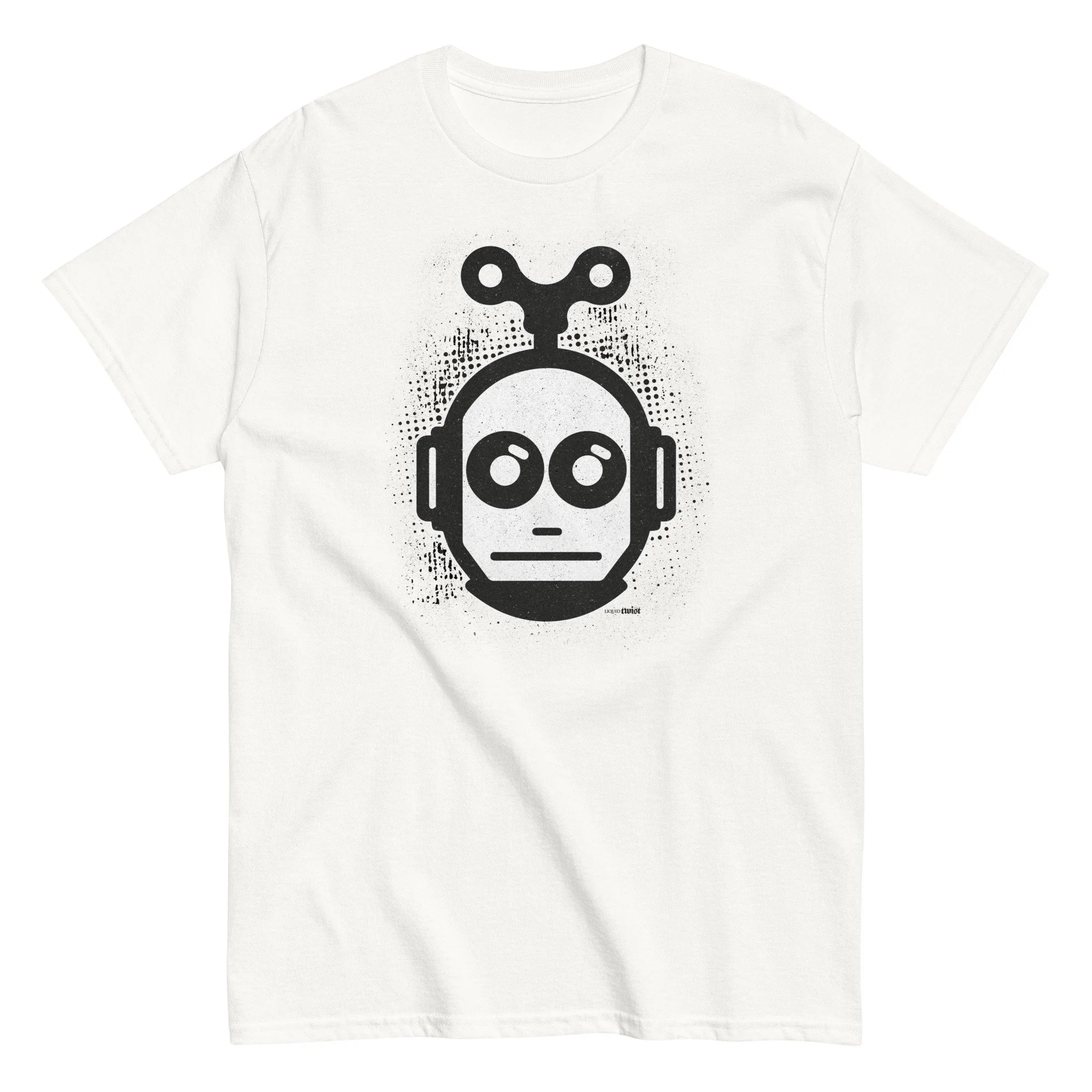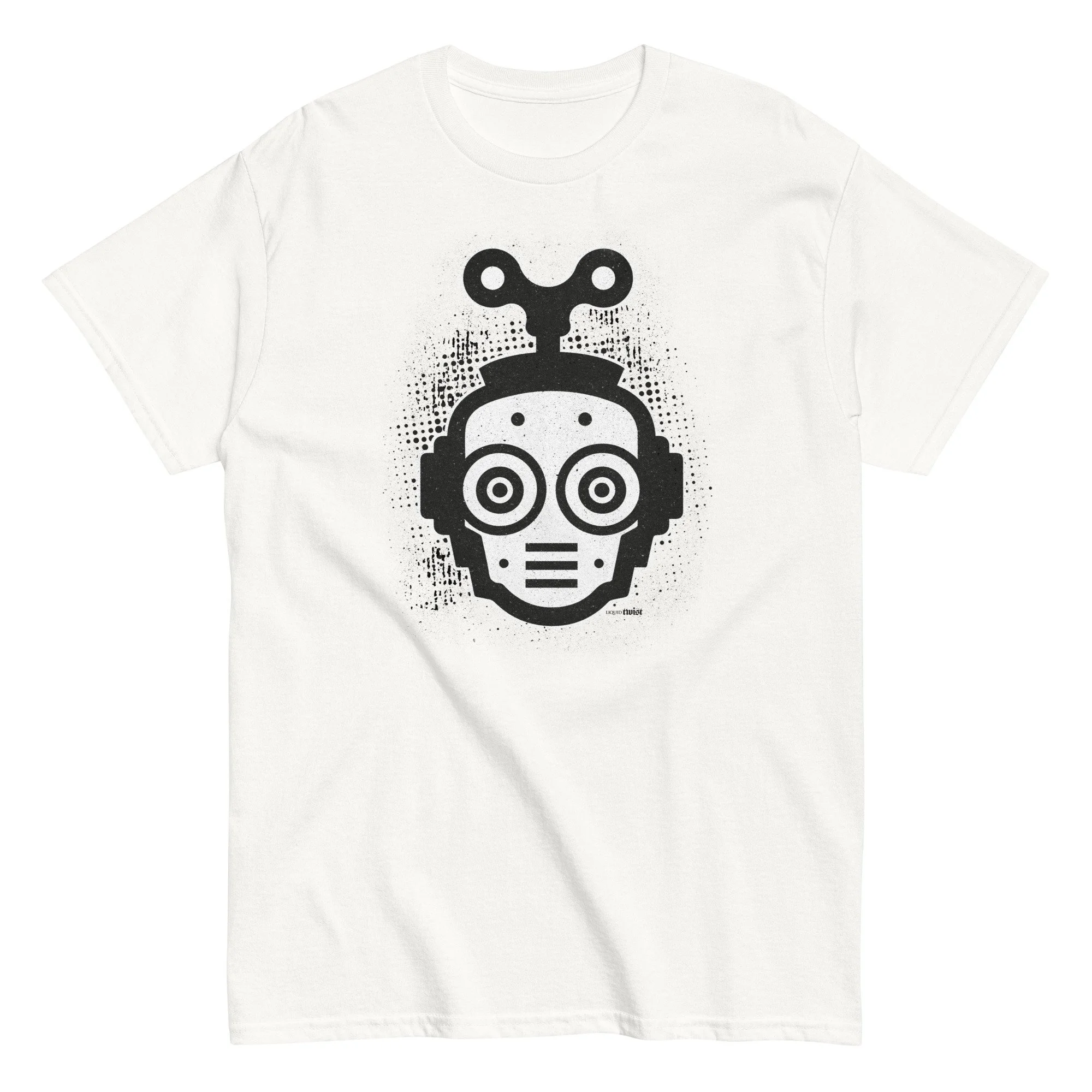Aliens, mutants, and metaphors
The 1950s were swarming with giant ants, mind-controlling aliens, and radioactive mutants. But these weren’t just thrills for Saturday matinees. They were symbols—embodying the hopes, anxieties, and unresolved tensions of a rapidly changing world.
This article explores the most common tropes in 1950s science fiction and the deeper meanings beneath them. From otherworldly invaders to irradiated monstrosities, the monsters of the decade reflected very human fears—and taught us how to survive them.
-
1950s sci-fi monsters often symbolized nuclear anxiety, technological fear, or social conformity.
Giant creatures represented the consequences of unchecked science.
Aliens played multiple metaphorical roles: threats, saviors, or warnings.
Body snatchers tapped into Cold War paranoia and loss of personal identity.
These tropes still influence how we tell—and decode—sci-fi stories today.
Giant insects like those in Them! (1954) weren’t just thrilling oddities. They were what happens when nature is warped by manmade science, when progress outruns wisdom. In an era when nuclear testing was a global reality and mutation was more than just a comic-book idea, these creatures spoke to a fear that humanity had lost control.
In 1950s sci-fi, the real mutation was psychological.
Aliens, on the other hand, were shapeshifters—not just in form, but in metaphor. Sometimes they were evil conquerors, like the invaders in Earth vs. the Flying Saucers (1956), feeding fears of foreign enemies. Sometimes they were misunderstood or even noble, like Klaatu in The Day the Earth Stood Still (1951), reflecting our longing for guidance—or judgment—from a higher intelligence.
Then there were the body snatchers. The idea that people around you could look the same but be fundamentally changed was more than chilling—it was a direct reflection of Cold War paranoia.
But it also tapped into something older and deeper: the fear of losing one's self in a world demanding conformity. In this way, Invasion of the Body Snatchers (1956) works just as well as a critique of communism as it does of suburban sameness.
Even the robots of the time, like Robby in Forbidden Planet (1956), reflected ambivalence. Were they helpers or threats? Did they extend our power, or replace us? They marked the dawn of our ongoing anxiety about automation and artificial intelligence—a conversation we’re still having today.
What made these tropes so powerful wasn’t just the spectacle—it was their flexibility. They could terrify, inspire, or warn.
These tropes could be dismissed as pulp, or taken seriously as cultural mirrors. The monsters may have looked rubbery or mechanical, but the fear they sparked was very real.
The tropes of 1950s sci-fi endure not because they’re nostalgic, but because they still speak to what scares us now.
Monsters, aliens, and radiation-run-amok weren’t just products of pulp imagination—they were metaphors for fear. These stories helped a generation process the unthinkable: world-ending war, unseen enemies, and the uneasy price of progress. The tropes of 1950s sci-fi endure not because they’re nostalgic, but because they still speak to what scares us now. The only difference is, our monsters are digital, invisible, and sometimes self-inflicted.

